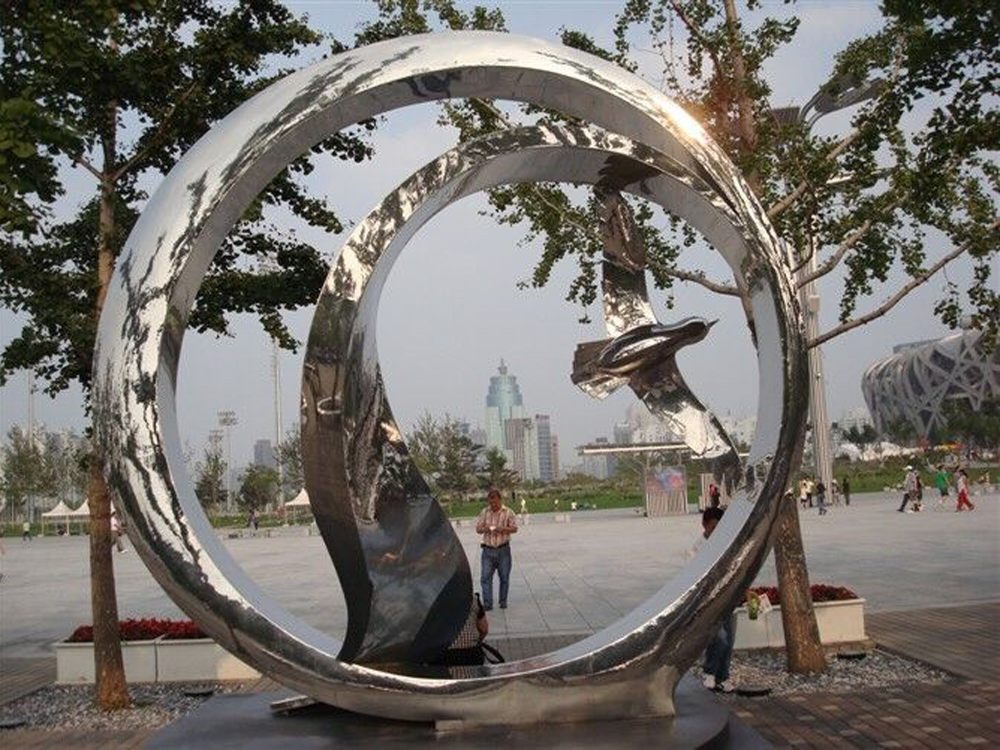
Artists have long recognized the unique potential of natural fissures in stone, turning what might seem like flaws into powerful elements of their compositions. These cracks and fractures, formed over millennia by geological forces, provide organic lines and textures that can guide the artist's hand. By carefully studying the stone's natural patterns, sculptors and carvers integrate these fissures into their designs, allowing the material itself to dictate parts of the artistic narrative.
Some artists use fissures as focal points, emphasizing their jagged beauty with strategic polishing or contrasting finishes. Others treat them as natural boundaries, shaping their compositions around these pre-existing divisions. The Japanese art of kintsugi, though traditionally applied to ceramics, inspires some stone artists to highlight cracks with metallic leaf or colored resins, celebrating the stone's history rather than disguising it.
Contemporary stone sculptors often seek out stones with particularly dramatic fissures, valuing these natural imperfections for the dynamic energy they bring to static forms. The fissures may become rivers in a landscape, wrinkles in a face, or abstract elements that add movement to the piece. This harmonious collaboration between artist and material results in works that feel simultaneously crafted and organic, where human creativity and natural processes engage in visual dialogue.
The most skilled practitioners develop an intuitive understanding of how to work with these natural features, knowing when to follow the stone's lead and when to impose their vision. This delicate balance transforms ordinary rock into extraordinary art, with the fissures serving as both technical challenges and inspirational guides in the creative process.

